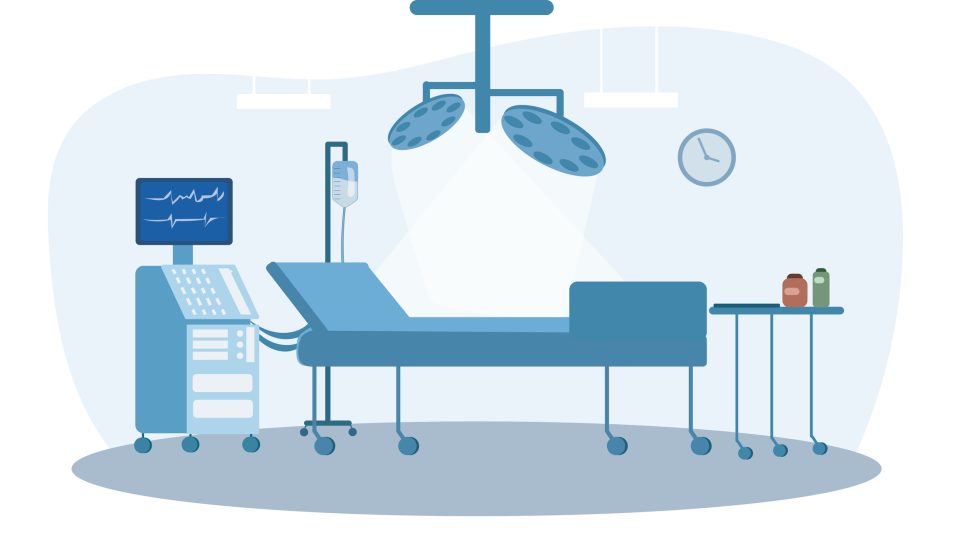Surgery can often improve lameness and reduce pain for dogs that are likely to develop arthritis. Below are some common conditions that can lead to arthritis, surgical options for each, and overall prognosis.
It is important to consult with your local surgeon to discuss their experience and recommendations for your dog, as your dog’s individual condition may require a surgery that is not listed here.
To learn about surgical options for hip dysplasia, click here. To learn about surgical options for CCL sprains or ruptures, click here
Legg-Calve Perthes (Avascular Necrosis of the Femoral Head)
The most common and successful treatment for LCP is femoral head and neck ostectomy (FHO).
This surgery generally has an excellent prognosis, with 80-100% of dogs experiencing less pain and lameness. Rehabilitation is strongly recommended following FHO.
Because of how well dogs do with this surgery, CARE doesn’t recommend a conservative approach unless surgery is too expensive or your dog has specific medical limitations.
With successful FHO, your dog will likely not have symptoms of hip arthritis. However, it’s important to still maintain a lean body condition for your dog and have your dog regularly participate in a moderate exercise such as walking.
Elbow Dysplasia
Unlike hip dysplasia, joint replacement for elbow arthritis is not highly successful. There are surgeons who are working to refine the implants and surgical technique, but to date, total elbow replacement is not widely performed and carries a guarded prognosis.
Other surgical options for elbow arthritis in mature dogs include canine unicompartmental elbow replacement (CUE) and Sliding Humeral Osteotomy (SHO). However, neither of these procedures are widely performed and the results from clinical patients are mixed.
It is important to realize that while surgery may improve lameness in dogs with elbow dysplasia and arthritis, surgery is not a cure and your dog will still require long-term arthritis management.
Below we discuss surgical options for the specific types of elbow dysplasia.
Fragmented medial coronoid process (FMCP)
There are several surgical options to consider for young dogs diagnosed with FMCP. These include:
- Arthroscopic fragment removal
- Subtotal coronoidectomy
- Variations of ulnar osteotomy or ostectomy
- Biceps ulnar release procedure (BURP).
While most surgeons report improvement in lameness following fragment removal and other procedures, surgery is not a cure and your dog will still require long- term arthritis management.
Ununited anconeal process (UAP)
There are several surgical options for young dogs diagnosed with UAP.
These include:
- Arthroscopy to evaluate the entire joint
- Reattaching the anconeal process with a screw
- Ulnar osteotomy to relieve tension on the UAP so that it may fuse
- Excision of the anconeal process.
Like other components of elbow dysplasia, UAP will likely result in some degree of long-term arthritis even with surgery.
Osteochondrosis/ Osteochondritis dissecans (OC/OCD)
To treat OCD, your veterinarian will likely recommend surgically removing the flap and any abnormal cartilage around the joint. The procedure is normally arthroscopic and minimally invasive.
Another common treatment is osteostixis or creating small holes in the underlying subchondral bone where the flap was to encourage the growth of fibrocartilage (scar-tissue-type cartilage).
Alternatively, a surgeon may elect to place a graft (OATS or Synacart) in the OCD defect. However, not all dogs with OC/OCD are candidates for this type of procedures, and long-term results are mixed. CARE recommends consulting with a local surgeon to learn if this procedure is offered in your region.
Patella Luxation
Surgery is generally recommended for dogs with Grades 3 and 4 MPL, dogs who experience frequent lameness associated with Grade 2 MPL, and those with concurrent CCLR (similar to ACL tears in people).
The goal of surgery is to realign the quadriceps-patellar mechanism. This is important as patella luxation has been shown to lead to stifle (knee) arthritis and it is even more likely if the CCL ruptures. You should plan to follow a long-term arthritis management plan with your dog if they have patella luxation.

